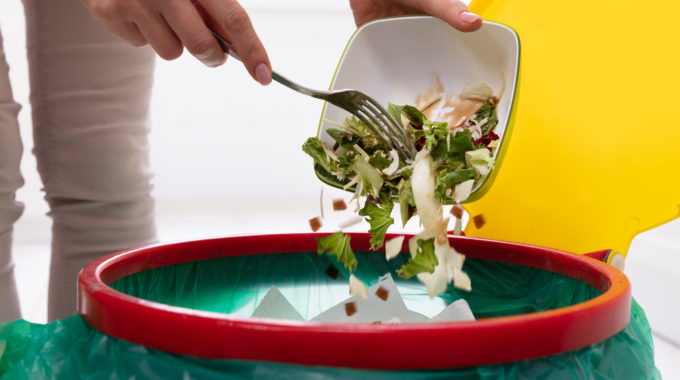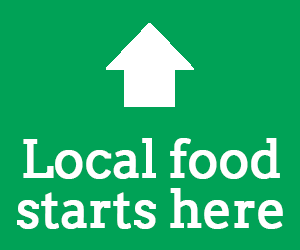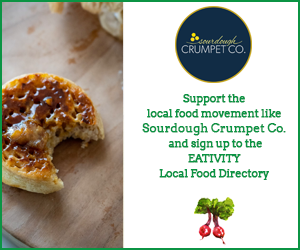Food waste: be part of the solution
Australian households throw out $19.3 billion of food every year. That’s more than half of the annual $36.6 billion of food that’s wasted from farm to fork in our entire economy. Food waste isn’t just a problem because it’s sending perfectly good food to landfill; it’s also central to some of the key challenges facing the world today. These include hunger and poverty, climate change and the sustainability of agriculture and our oceans.
Today is Stop Food Waste Day. It’s the perfect opportunity to get educated about food waste in Australia and learn practical ways to reduce your own waste at home. Stop Food Waste Day was created by US food and support services provider Compass Group in 2017. The event went global the following year. It aims to align with the United Nations’ Sustainable Development Goal to halve global food waste by 2030. According to a study released by the Food and Agribusiness Growth Centre, Australian households need to cut their food waste by at least 30 percent to achieve this goal.
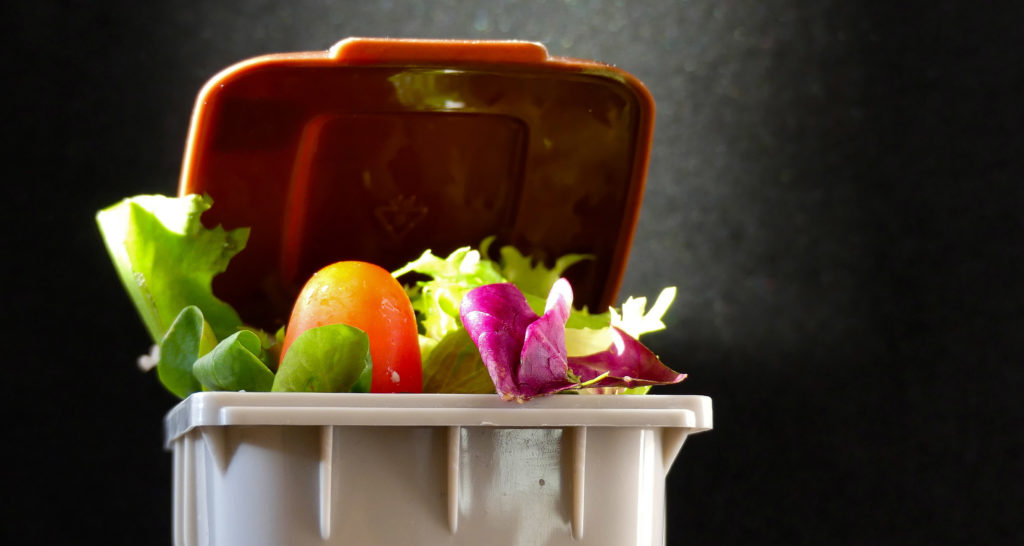
How can I stop wasting food at home?
The first step is about becoming aware of which foods you’re most likely to waste. Coinciding with Stop Food Waste Day is the release of a new report commissioned by the Fight Food Waste Cooperative Research Centre (CRC). It found that meat, seafood, fresh vegies and fresh herbs are the top food categories that contribute the most to waste by dollar value. Condiments, dried herbs and spices, spreads, oils, bread, baked goods, confectionery and snacks have also been highlighted as key food categories that contribute the most to waste. The top five most wasted products in terms of dollar value are:
1. Cooked beef
2. Sliced bread and bread rolls
3. Vegetable salads
4. Bananas
5. Cooked rice
The report also highlights the seven most effective ways to cut household waste. These steps have been shown to have the strongest relationship with reducing waste:
1. Preparing appropriate amounts of food
2. Planning for changes in meal plans
3. Eating leftovers
4. Purchasing appropriate amounts of food
5. Eating oldest items first
6. Appropriate storage in the fridge/freezer
7. Plating small servings
Resources to help you become a waste warrior
Fight Food Waste CRC’s Fight food waste: it’s easy as campaign offers consumers advice, recipes and a huge range of other resources to help people cut the amount of food they waste at home. NSW’s Love Food Hate Waste campaign also offers plenty of tips, recipe ideas and leftover hacks, as well as a free online Food Smart program. This six-step course is designed to help you save money and reduce waste at home.
OzHarvest has created special Use It Up tape. This world-first product serves as a simple reminder and makes it easy to see what food needs using up in your fridge or pantry. There are also plenty of Use It Up recipe ideas on the OzHarvest website.
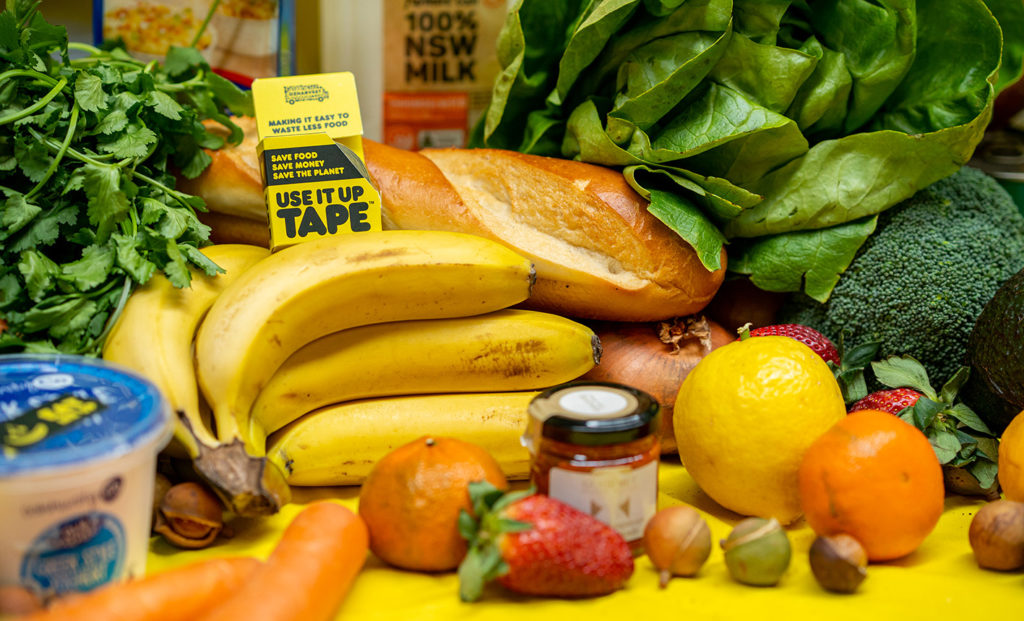
Also inspiring you in the kitchen, Compass Group has published a free digital cookbook for home cooks. It features recipes from 45 Compass Group chefs across 30 countries. They give a second life to ingredients that most commonly go to waste in home kitchens, including stale bread, bruised fruit and vegies and discarded peels. You can also find loads more recipe ideas at the Stop Food Waste Day website.
As part of its Think. Eat. Save campaign, the United Nations has released a special Foodkit to draw attention to the serious issues resulting from the high volume of perfectly edible food that’s wasted around the world each year. It includes facts, tips and resources to help individuals and organisations significantly reduce the amount of food they waste.
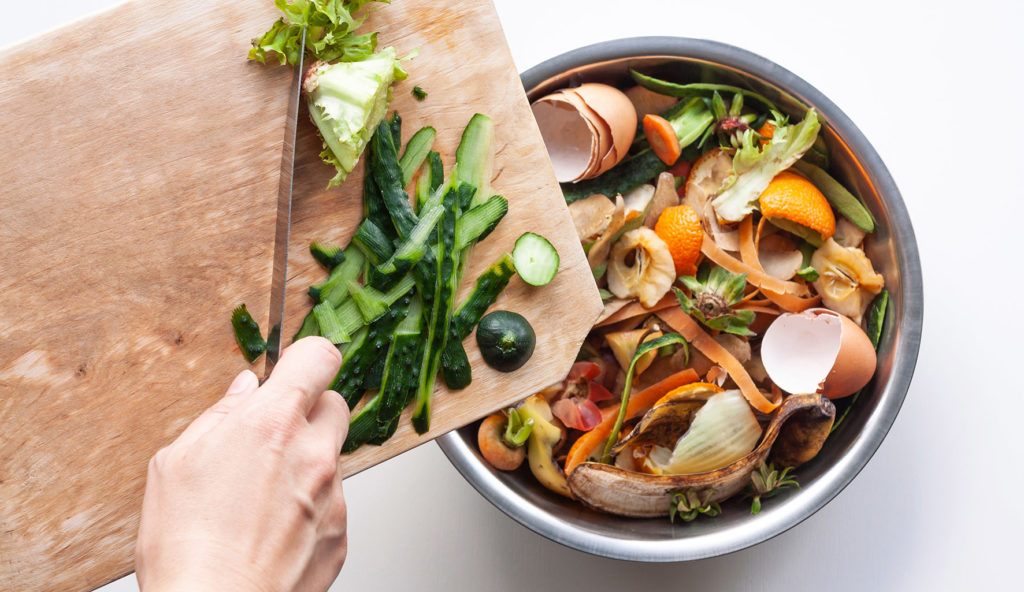
Top tips to fight waste
Shop smarter
Check your fridge and pantry before shopping
Make a list before you shop
Buy “ugly” fruit and veg that would otherwise be thrown out
Buy upcycled foods
Avoid impulse purchases
Plan ahead
Plan your weekly meals
Use up what’s in your fridge and pantry
Rotate stored food items so you eat those with the closest use-by dates first
Get creative
Experiment with what you have in the fridge
Try new recipes that use up leftovers
Use odd bits of vegetables to make wholesome soups
Compost scraps that you can’t use.
Experiment with fermenting and preserving foods
The freezer is your friend
Bulk-cook and freeze portions
Freeze bread and other leftovers
Label frozen items with the date and use them in order
Want more tips to cut waste at home? You can also try these waste-busting ideas from Mandy Hall. Plus, check out this advice on what can go in your compost bin.


